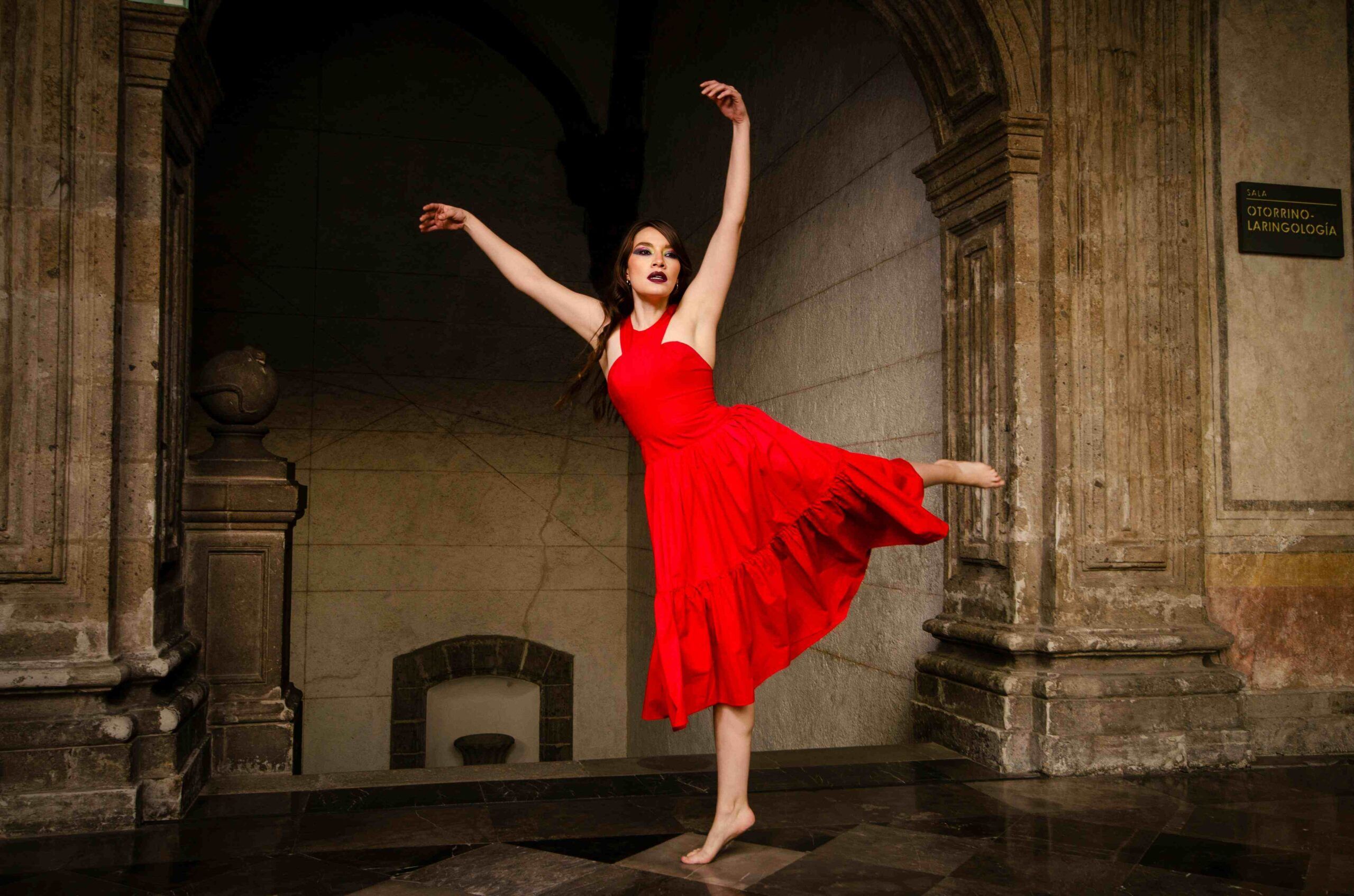
The Evolution of Dance as a Form of Expression
Article Level: C2
Explanation: This article explores how dance has evolved from sacred rituals to a global art form, expressing identity, emotion, and resistance. It highlights dance’s cultural, social, and political roles throughout history, and its transformation in the digital age.
Commonly Used Words from the Article
-
Resilience /rɪˈzɪliəns/ (noun): The ability to recover quickly from adversity.
Dance became a symbol of cultural resilience during times of oppression.
-
Visceral /ˈvɪsərəl/ (adjective): Relating to deep inward feelings rather than intellect.
Dance provides a visceral form of emotional release.
-
Codify /ˈkəʊdɪfaɪ/ (verb): To arrange laws or rules into a systematic code.
Ballet codified the fluid movements of earlier dance traditions.
-
Liberation /ˌlɪbəˈreɪʃən/ (noun): The act of setting someone free from restrictions.
For many, dance represents personal and political liberation.
-
Democratise /dɪˈmɒkrətaɪz/ (verb): To make accessible to everyone.
Social media has helped democratise the art of dance.
Audio File of the Article

The Evolution of Dance as a Form of Expression
Dance has existed for millennia, evolving from ritualistic ceremonies to a multifaceted art form celebrated across cultures. More than mere movement, dance has long served as a visceral mode of expression, allowing individuals and communities to communicate emotions, tell stories, and assert identities when words proved inadequate.
Historically, early civilisations integrated dance into religious rites, agricultural celebrations, and rites of passage. Ancient Egyptian frescoes depict dancers performing at temple ceremonies, while Native American tribes used movement to invoke spiritual guidance. These choreographies weren’t designed for entertainment but for connection—with the divine, with nature, and with one another.
As societies progressed, so too did the nature of dance. During the Renaissance, dance became codified into balletic forms in European courts, transforming into a symbol of refinement and social hierarchy. By the 19th and 20th centuries, classical ballet had evolved into a rigid yet expressive discipline, giving birth to contemporary dance—a genre that challenged conventions and welcomed individual creativity.
Parallel to this artistic evolution was the emergence of dance as a powerful socio-political tool. In the 20th century, movements such as jazz, hip-hop, and street dance emerged from marginalised communities as expressions of resilience and identity. These styles disrupted traditional norms, offering an accessible outlet for cultural expression and protest. Dance became an embodiment of resistance and liberation, resonating particularly in moments of civil unrest and cultural renaissance.
Today, dance continues to flourish in diverse forms, amplified by technology and social media. Platforms like TikTok have democratised dance, enabling anyone with a smartphone to choreograph, perform, and reach global audiences. While this digital evolution fosters creativity, it also raises questions about authenticity and cultural appropriation, challenging dancers and audiences alike to engage with the form more thoughtfully.
Ultimately, dance remains a dynamic language—one that adapts, evolves, and endures. From ancient rituals to viral challenges, it encapsulates the complexity of human experience. In a world increasingly fragmented by difference, dance offers a rare, unifying force that speaks across boundaries, cultures, and generations.

Grammar Notes
The article features advanced grammar structures such as:
- Present perfect and present perfect continuous: Dance has existed for millennia…
- Passive voice: Dance became codified…, has been considered…
- Complex sentence structures: Often using subordinating conjunctions like while, as, although.
- Relative clauses: …a genre that challenged conventions…
Mini Grammar Lesson – The Passive Voice:
The passive voice shifts the focus from the subject performing the action to the object receiving it.
Structure: Be (in appropriate tense) + past participle
Example from the article: Dance became codified into balletic forms.
Use the passive when the doer of the action is unknown or unimportant, or when the focus is on the action itself.

Five Questions Based on the Article
-
How did the function of dance differ in ancient civilisations compared to modern times?
-
In what ways did the Renaissance period redefine dance in European society?
-
Discuss how contemporary dance contrasts with classical ballet in both form and purpose.
-
Why has dance been considered a tool for social and political expression?
-
How has technology influenced the accessibility and perception of dance in recent years?

We’d love to hear your thoughts! Join the conversation by leaving a comment below. Sharing your insights, questions, or experiences can help you connect with others in our English learning community. It’s a great way to practice your English skills, engage with like-minded individuals, and improve together. Don’t be shy—jump in and let’s keep the discussion going!

 EnglishMasteryHub
EnglishMasteryHub